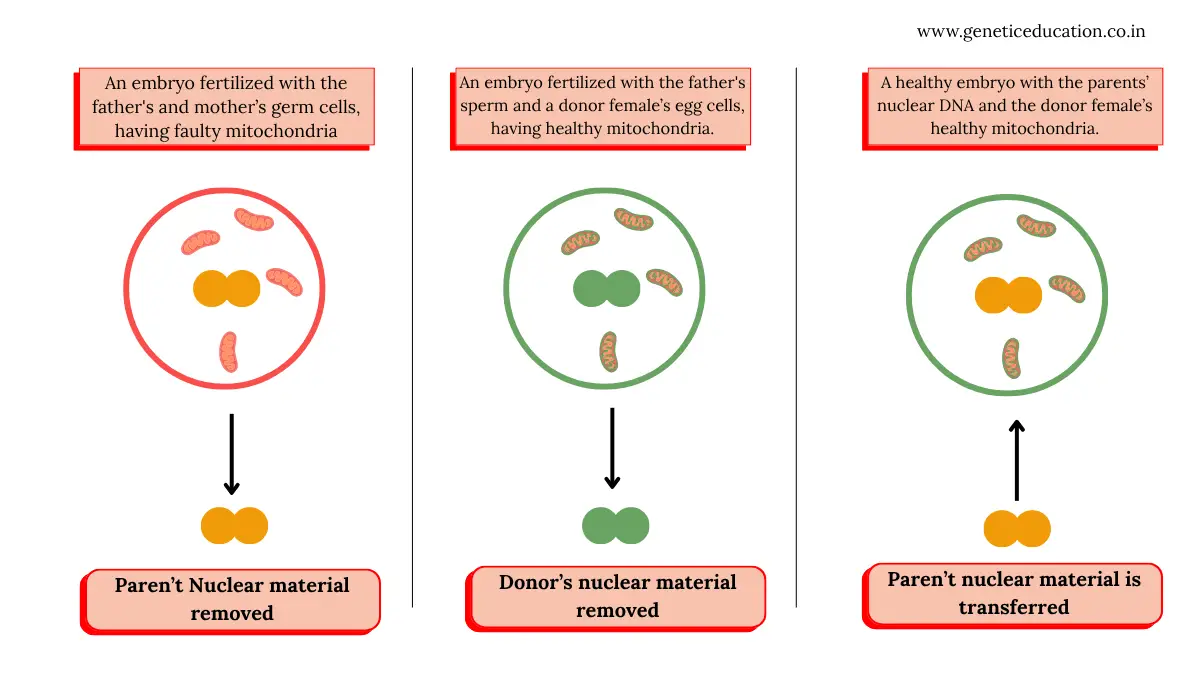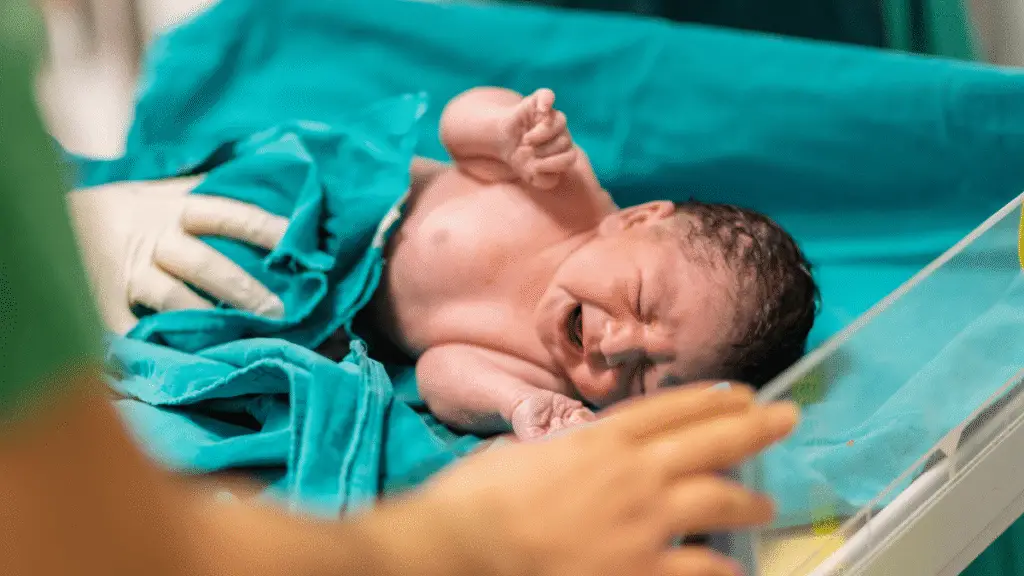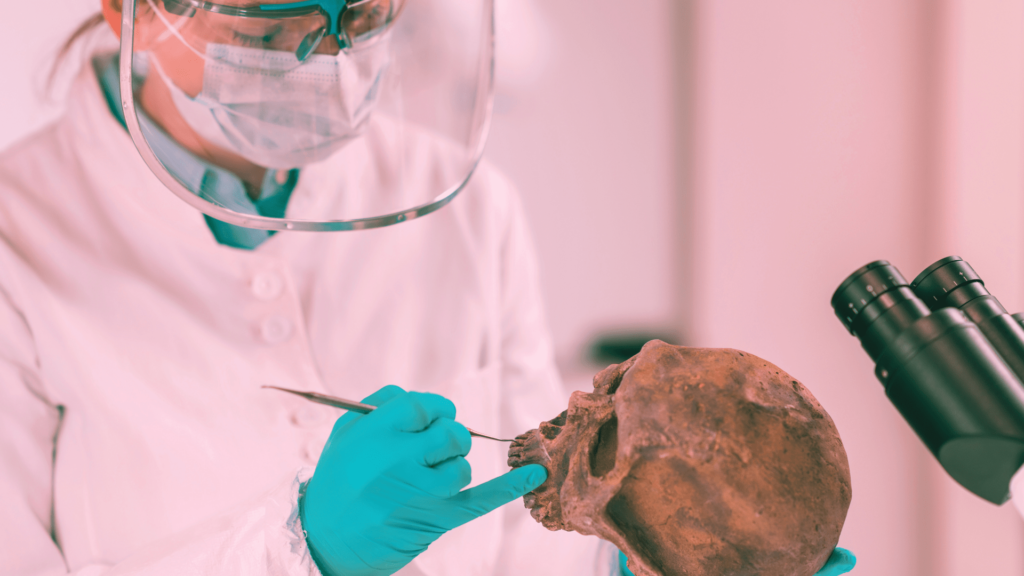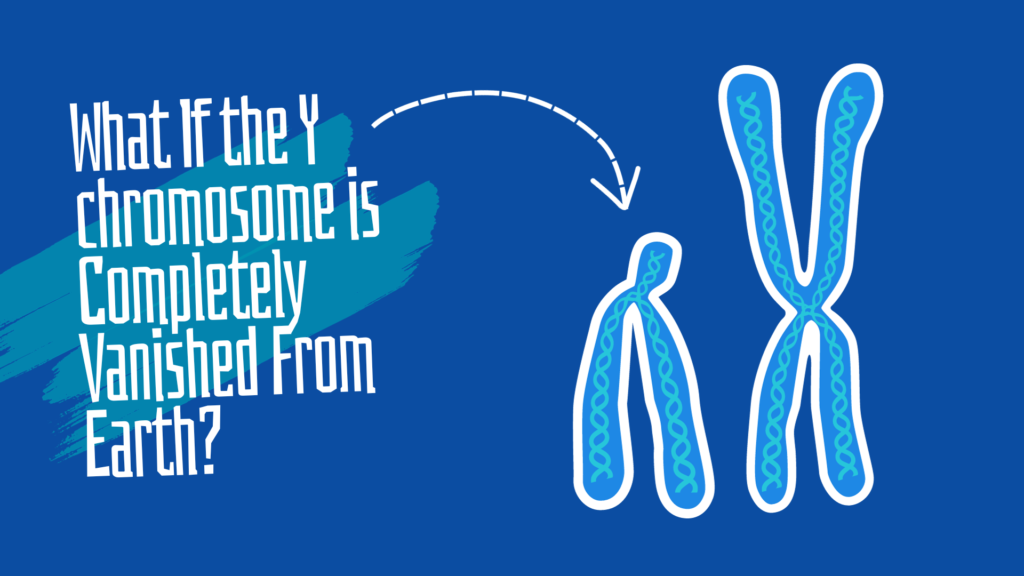The story of babies with three different parents is now trending! Everyone hails science, an outstanding achievement, indeed. However, the technique has been around since 1990, but wasn’t approved for practice.
Until recently, eight babies have been born in the UK using the mitochondrial donation technique, which is the actual name of the technique. But it raised a bit of concern about the baby’s identity.
An entire lineage tracing is lost by this technique. We will address it, but let me just give you an overview of what this amazing technique is.
Mitochondrial donation
Our cells not only have the nuclear DNA, but a small amount of DNA, ~0.01% is also carried by some membrane-bounded organelles, known as organelle DNA. In humans, it’s only the mitochondria. But in plants, it is carried by mitochondria and chloroplasts.
It’s like their own system, separately working from the cellular functions. Their DNA, their replication, errors and diseases. Mitochondrial diseases are real! 1 in every 5000 babies worldwide is born with mtDNA mutations.
Leigh syndrome, Leber Hereditary Optic Neuropathy and many other disorders are linked with mitochondrial mutations and are lethal too! Fortunately, during mitochondrial donation, we can easily overcome these situations.
Related article: Mitochondrial DNA vs Nuclear DNA.
What scientists do…
In this technique, three different people are involved. The parents and the mitochondrial-donating female, who contributes healthy mitochondria. Keep in mind, mitochondria are inherited only from the mother to babies and so the mtDNA.

Now, eggs from both females are fertilized with the male sperm. After which, the nucleus is removed from both sets of fertilized embryos. And here comes the interesting part!
The nuclear DNA is removed from the (actual) parent-fertilized embryo, and is injected into the donor female, having the healthy mitochondria.
And that’s it! A newly altered embryo has the nuclear DNA from the parents but the mitochondria from the donor. A faulty mitochondria is removed.
Here, something unusual happens that will destroy the thousands of years of the genetic chain. Loss of matrilineal lineage! Let me just debug it!
Loss of matrilineal lineage
Mitochondrial DNA has maternal inheritance. It is passed from the mother to babies through generations, ‘unchanged.’ Then the female individual from the family passes it again, and the chain continues. Only female individuals from the family pass down the mitochondrial DNA.
(We have to thank our mother for giving us energy, literally.).
This is known as the maternal inheritance or the matrilineal lineage, which is preserved from every woman for thousands of years. Meaning, a woman’s thousands of years of genetic lineage can be traced back!
Thus, mtDNA as a matrilineal marker is used to trace maternal ancestry, haplogroups and evolutionary lineage. It is also an important genetic marker for forensic and disease studies.
In the recent technique, this link breaks. As the healthy mitochondria are coming from another woman, the true biological maternal line can’t be traced.
As mentioned, mtDNA marker has been extensively used for forensic, genealogical and medical tests for biological identification, disease risk and ancestry prediction. Even for solving criminal cases and natural disaster events, where the nuclear DNA isn’t available, such as hair samples. Therefore, intact mtDNA becomes crucial evidence.
In ‘three parents babies’, the received ‘healthy’ mitochondria lead to confusing and misleading results. However, they still have the exact match of nuclear DNA.
In conclusion, the entire matrilineal lineage vanishes through this technique. This eventually will become more hurdle-some in case of adoption and child custody, legal and forensic cases and even divorce.
But again, this has revolutionized the entire medical field and given hope to millions of parents.
Related article: An Expert’s Guide to Understanding Mitochondrial DNA Test.
Source: Callaway, E. (2025). “Landmark” study: three-person IVF leads to eight healthy children. Nature. https://doi.org/10.1038/d41586-025-02276-5.


